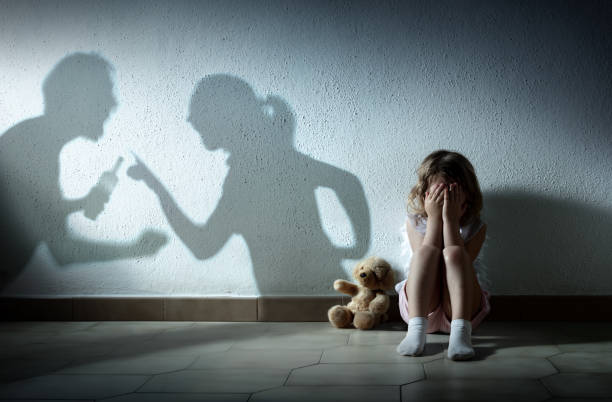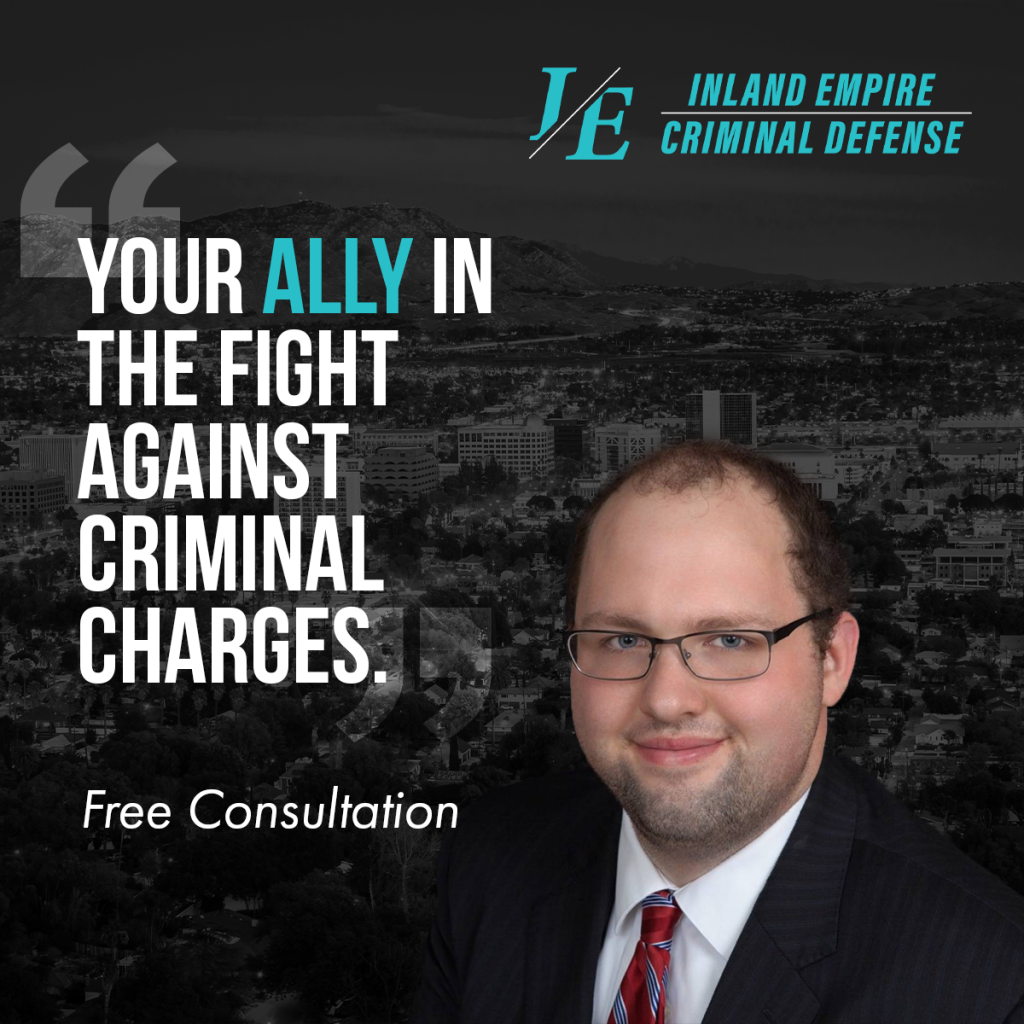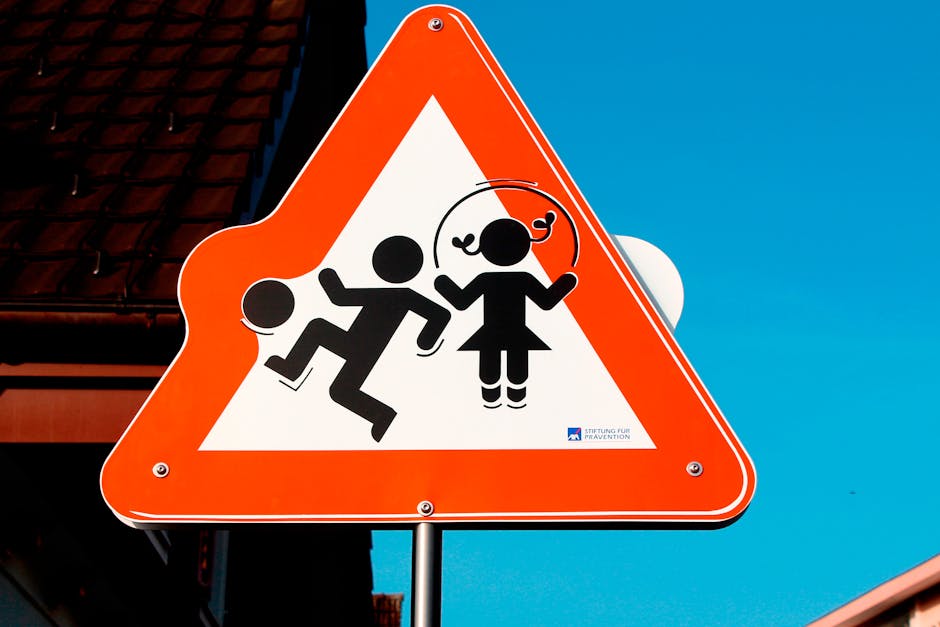The Essentials of Child Endangerment: Laws and Definitions

Understanding Child Endangerment: Definition and Responsibilities
When discussing what is child endangerment, it is vital to understand that it involves placing a child’s health or safety at risk. Some quick facts to know include:
- Definition: Placing a child in a situation that could harm their health or safety.
- Legal Responsibility: Caregivers are legally obligated to protect children from danger.
- Possible Situations: Includes driving under influence with a child in the car, leaving a child in a hot car, or exposing them to drugs or violence.
Child endangerment laws exist to protect children who cannot defend themselves. These laws make it illegal for a parent, guardian, or any adult to place a child in dangerous situations—whether the harm is physical, emotional, or potential.
To illustrate, leaving a child unattended in a hot car or having unsecured firearms in the home are clear examples of child endangerment. The main point is that actual harm doesn’t have to occur; it’s enough that the child’s well-being is at risk.
My name is Adam Jackson, a dedicated criminal defense attorney. With years of experience handling cases involving what is child endangerment, I aim to provide clear and accessible information to help you steer these complex issues.
For a visual summary, see the infographic below:

What is Child Endangerment?
Legal Definitions
Child endangerment means placing a child in a situation where their health or safety is at risk. This can include unhealthy or inappropriate situations. State laws have different definitions and penalties for child endangerment, but many share some common features.
One key point is that intent is not required. This means you can be charged even if you didn’t mean to put the child in danger. The reasonable person standard is often used. This means that if a reasonable person would see the situation as dangerous, then it counts as child endangerment, regardless of your intent.
For example, under California Penal Code 273a(a), child endangerment includes willfully causing or permitting a child to suffer unjustifiable physical pain, injury, or mental suffering, or placing the child in a situation where their health is likely to be endangered.
Examples of Child Endangerment
Here are some common scenarios that could lead to child endangerment charges:
- Driving Under the Influence: Having a child in the car while driving drunk or high.
- Unsecured Firearms: Leaving guns where children can easily access them.
- Drug Exposure: Using or selling drugs around a child, or exposing them to drug manufacturing.
- Lack of Supervision: Leaving a child alone in a hot car or without proper supervision.
In New York, endangering the welfare of a child can involve actions like driving under the influence with a child in the car, leaving a child alone in a dangerous situation, or failing to secure firearms.
For instance, a parent who leaves a child alone in a hot car could be charged even if the child was not harmed. The law focuses on the risk of harm, not whether harm actually occurred.
How Child Endangerment is Proven
Evidence and Prosecution
To prove child endangerment, prosecutors must show that the accused placed a child in a situation where their health or safety was at risk. Importantly, the child does not need to have suffered actual harm. It’s enough to demonstrate that the child’s welfare was endangered.
Key Points:
- Risk of Harm: This can be physical, mental, or emotional. For example, leaving a child alone in a hot car poses a physical risk, while exposing a child to domestic violence can cause emotional harm.
- Reasonable Person Standard: The court will consider whether a “reasonable person” would recognize the situation as dangerous. This standard helps assess the severity of the circumstances.
- Intent Not Necessary: Unlike some other crimes, proving intent is not required for child endangerment. It’s sufficient to show that the actions were reckless or negligent.
Examples of Evidence:
- Witness testimonies
- Medical records
- Police reports
- Photographs or videos
Defenses Against Child Endangerment Charges
While child endangerment charges are serious, there are several defenses you can use to challenge the accusations.
1. False Allegations: Sometimes, accusations are made out of jealousy, revenge, or anger. For instance, during a heated custody battle, one parent might falsely accuse the other. An experienced attorney can gather evidence to prove the allegations are unfounded.
2. Not Endangerment: The defense might argue that the situation was not actually dangerous. For example, if you left your child in a car but the weather was mild and the windows were down, your attorney could argue that the child was not at risk.
3. Accidental Actions: If the incident was truly an accident, this could be a strong defense. For example, if you accidentally left the stove on and your child got hurt, the lack of willful intent can be used in your favor.
Real-World Examples:
- Police Misconduct: If the arresting officer violated your rights, such as failing to read your Miranda rights, your attorney can argue that the evidence should be dismissed.
- Accidental Harm: A parent accidentally pushing their child down the stairs could argue that the act was not willful.
Understanding these defenses and how they apply to your case can make a significant difference. If you or someone you know is facing child endangerment charges, it’s crucial to consult with a skilled attorney who can help build a strong defense.
Next, we’ll discuss the penalties for child endangerment and what you might expect if convicted.
Penalties for Child Endangerment
Child endangerment is a serious charge with severe consequences. The penalties can range from misdemeanors to felonies, depending on the severity of the situation and state laws.
Misdemeanor Penalties
A misdemeanor child endangerment conviction generally carries lighter penalties but can still have significant impacts on your life. Here’s what you could face:
- Jail Time: Up to one year in jail.
- Fines: Up to $1,000.
- Probation: You may be placed on probation, which often includes conditions like community service, attending counseling, and regular meetings with a probation officer.
Probation can last anywhere from one to three years. Violating probation terms can lead to additional jail time.
Felony Penalties
A felony child endangerment conviction is much more severe. If the child was placed in a particularly dangerous situation or suffered significant harm, the penalties can be harsh:
- Prison Time: Several years in prison. Sentences can range from two to six years, depending on the case specifics.
- Fines: Up to $5,000 or more.
- Probation: Felony probation can be part of your sentence, and it usually comes with strict conditions similar to those for misdemeanors.
In extreme cases, such as where the child was likely to die or sustain significant bodily injury, the penalties can be even more severe.
Loss of Parental Rights
One of the most devastating consequences of a child endangerment conviction is the potential loss of parental rights. The court may strip a parent of their rights if they are found guilty, especially in felony cases. The child may be placed with the other parent, a new guardian, or even a state child services agency.
Understanding the penalties for child endangerment is crucial. If you’re facing these charges, you need to know what’s at stake and how to protect yourself. Next, we’ll explore the differences between child endangerment and child abuse.
Child Endangerment vs. Child Abuse
When discussing crimes against children, it’s important to understand the differences between child endangerment and child abuse. Although these terms are sometimes used interchangeably, they have distinct legal definitions and implications.
Child Abuse
Child abuse refers to actions that directly harm a child. This can include physical, sexual, and emotional abuse, as well as neglect.
Physical Abuse
Physical abuse involves intentionally inflicting physical harm on a child. Examples include:
- Hitting, shaking, or kicking
- Burning or biting
- Using excessive force
Sexual Abuse
Sexual abuse encompasses any sexual activity involving a child. This could be:
- Incest or rape
- Fondling a child’s genitals
- Exposing a child to sexual acts or pornography
Emotional Harm
Emotional abuse damages a child’s self-worth and emotional well-being. It can involve:
- Verbal assaults (e.g., belittling, yelling)
- Ignoring or isolating the child
- Subjecting the child to extreme criticism or humiliation
Neglect
Neglect occurs when a caregiver fails to provide for a child’s basic needs, such as:
- Food, clothing, and shelter
- Medical and dental care
- Supervision and education
Child Endangerment
On the other hand, child endangerment involves placing a child in a dangerous situation, even if no harm occurs. The legal definition varies by state, but generally, it includes exposing a child to unjustifiable suffering, danger, or pain.
Risk Without Harm
A key difference between child endangerment and child abuse is that endangerment doesn’t require actual harm to the child. It’s enough that the child was put at risk. For example:
- Leaving a child alone in a car on a hot day
- Driving under the influence with a child in the vehicle
- Keeping unsecured firearms in the home
Broader Scope
Child endangerment laws cover a broader range of situations than child abuse. Some examples include:
- Exposing a child to drug use or manufacturing
- Failing to secure a hazardous environment (e.g., leaving cleaning chemicals within reach)
- Allowing a child to witness domestic violence
Overlap and Differences
While child abuse and child endangerment are distinct, they can overlap. For instance, a parent who physically abuses their child is also endangering them. However, not all endangerment cases involve direct abuse.
Understanding these differences is crucial for both legal professionals and caregivers. If you or someone you know faces charges related to child endangerment or abuse, it’s essential to consult with a skilled criminal attorney.
In our next section, we’ll answer some frequently asked questions about child endangerment to help you steer these serious charges.
Frequently Asked Questions about Child Endangerment
What constitutes child endangerment?
Child endangerment involves placing a child in a situation that risks their health or safety. This can include:
- Driving under the influence with a child in the car.
- Leaving a child alone in a hot car.
- Having unsecured firearms in the home.
- Doing or selling drugs around a child.
Importantly, actual harm to the child is not required. The risk alone is enough for charges.
How can I defend against a child endangerment charge?
Defending against a child endangerment charge can be complex. Some common defenses include:
- False Allegations: Accusations made out of jealousy or revenge, often in heated custody battles.
- Not Endangerment: Proving the situation was not dangerous.
- Accidental Actions: Showing the act was unintentional, such as accidentally leaving the stove on.
An experienced criminal attorney can help build a strong defense by examining the specifics of your case.
Source
What are the penalties for child endangerment in New York?
Penalties for child endangerment in New York depend on whether the charge is a misdemeanor or felony:
- Misdemeanor Penalties: Up to one year in jail, fines up to $1,000, and probation.
- Felony Penalties: Several years in prison, fines up to $5,000, probation, and potential loss of parental rights.
If a parent or guardian is convicted, the court may also remove the child from their custody.
Source
Inland Empire Criminal Defense is here to provide personalized defense strategies. If you have more questions or need legal assistance, call us at (909) 939-7126.
Conclusion
Navigating child endangerment charges can be overwhelming and stressful. At Inland Empire Criminal Defense, we understand the gravity of these accusations and the impact they can have on your life and family.
We offer free consultations to help you understand your situation and explore your options. Our team of experienced attorneys provides personalized defense strategies custom to your unique circumstances. We focus on defending your rights and ensuring the best possible outcome for your case.
Whether you are in San Bernardino, Riverside, or Los Angeles Counties, our firm is dedicated to serving Southern California residents with the highest level of legal expertise. Don’t face these charges alone. Reach out to us for a robust defense strategy.
Contact us today to schedule your free consultation and take the first step towards safeguarding your future.
For more detailed information about child endangerment laws, visit our Child Endangerment Laws page.

The right legal support can make all the difference in your case. Don’t wait—contact Inland Empire Criminal Defense now.
Frequently Asked Questions
Absolutely, Inland Empire Criminal Defense prioritizes your privacy and confidentiality. Every consultation with our attorney is conducted with the utmost discretion, ensuring your information remains secure and private.
Yes, understanding the financial pressures that can come with legal representation, our attorney offers flexible payment plans. This approach ensures that quality legal defense is accessible for all our clients in Riverside, San Bernardino, and Los Angeles Counties.
Yes, Inland Empire Criminal Defense offers free consultations. This is part of our commitment to providing accessible and transparent legal services to residents of Riverside, San Bernardino, and Los Angeles Counties.
We offer both in-person and over-the-phone consultations to accommodate your preferences and needs. Whether you’re in Riverside, San Bernardino, or Los Angeles County, we ensure that you can access our legal services in the way that suits you best.
Our office is typically closed on weekends. However, we do make exceptions for meetings by special arrangement. Our commitment is to be as accommodating as possible to meet the unique needs of our clients in Riverside, San Bernardino, and Los Angeles Counties.
Our legal services are specifically tailored to residents of Riverside, San Bernardino, and Los Angeles Counties. For cases outside these areas, we recommend consulting avvo.com to find appropriate legal assistance. Our focused approach allows us to provide specialized defense catering to the unique legal landscape of these counties.


